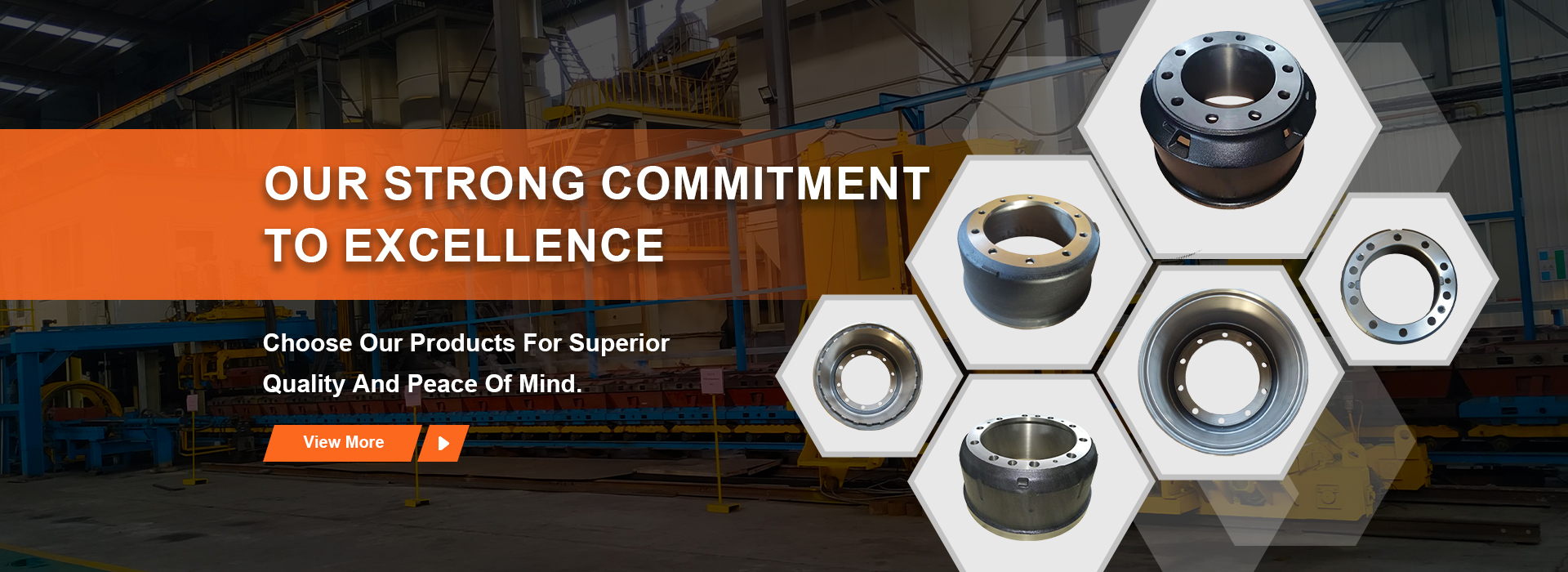
-
 Afrikaans
Afrikaans -
 Albanian
Albanian -
 Amharic
Amharic -
 Arabic
Arabic -
 Armenian
Armenian -
 Azerbaijani
Azerbaijani -
 Basque
Basque -
 Belarusian
Belarusian -
 Bengali
Bengali -
 Bosnian
Bosnian -
 Bulgarian
Bulgarian -
 Catalan
Catalan -
 Cebuano
Cebuano -
 Corsican
Corsican -
 Croatian
Croatian -
 Czech
Czech -
 Danish
Danish -
 Dutch
Dutch -
 English
English -
 Esperanto
Esperanto -
 Estonian
Estonian -
 Finnish
Finnish -
 French
French -
 Frisian
Frisian -
 Galician
Galician -
 Georgian
Georgian -
 German
German -
 Greek
Greek -
 Gujarati
Gujarati -
 Haitian Creole
Haitian Creole -
 hausa
hausa -
 hawaiian
hawaiian -
 Hebrew
Hebrew -
 Hindi
Hindi -
 Miao
Miao -
 Hungarian
Hungarian -
 Icelandic
Icelandic -
 igbo
igbo -
 Indonesian
Indonesian -
 irish
irish -
 Italian
Italian -
 Japanese
Japanese -
 Javanese
Javanese -
 Kannada
Kannada -
 kazakh
kazakh -
 Khmer
Khmer -
 Rwandese
Rwandese -
 Korean
Korean -
 Kurdish
Kurdish -
 Kyrgyz
Kyrgyz -
 Lao
Lao -
 Latin
Latin -
 Latvian
Latvian -
 Lithuanian
Lithuanian -
 Luxembourgish
Luxembourgish -
 Macedonian
Macedonian -
 Malgashi
Malgashi -
 Malay
Malay -
 Malayalam
Malayalam -
 Maltese
Maltese -
 Maori
Maori -
 Marathi
Marathi -
 Mongolian
Mongolian -
 Myanmar
Myanmar -
 Nepali
Nepali -
 Norwegian
Norwegian -
 Norwegian
Norwegian -
 Occitan
Occitan -
 Pashto
Pashto -
 Persian
Persian -
 Polish
Polish -
 Portuguese
Portuguese -
 Punjabi
Punjabi -
 Romanian
Romanian -
 Russian
Russian -
 Samoan
Samoan -
 Scottish Gaelic
Scottish Gaelic -
 Serbian
Serbian -
 Sesotho
Sesotho -
 Shona
Shona -
 Sindhi
Sindhi -
 Sinhala
Sinhala -
 Slovak
Slovak -
 Slovenian
Slovenian -
 Somali
Somali -
 Spanish
Spanish -
 Sundanese
Sundanese -
 Swahili
Swahili -
 Swedish
Swedish -
 Tagalog
Tagalog -
 Tajik
Tajik -
 Tamil
Tamil -
 Tatar
Tatar -
 Telugu
Telugu -
 Thai
Thai -
 Turkish
Turkish -
 Turkmen
Turkmen -
 Ukrainian
Ukrainian -
 Urdu
Urdu -
 Uighur
Uighur -
 Uzbek
Uzbek -
 Vietnamese
Vietnamese -
 Welsh
Welsh -
 Bantu
Bantu -
 Yiddish
Yiddish -
 Yoruba
Yoruba -
 Zulu
Zulu
disc drum brakes
Understanding Disc and Drum Brakes A Comprehensive Overview
When it comes to automotive braking systems, two common types emerge as the most widely used disc brakes and drum brakes. Both play critical roles in ensuring the safety and efficiency of vehicles on the road, but they operate on different principles and have distinct advantages and disadvantages. This article aims to delve into the characteristics, workings, and applications of disc and drum brakes.
The Basics of Brake Systems
Braking systems are designed to slow down or stop a vehicle by converting kinetic energy into thermal energy through friction. In modern vehicles, disc and drum brakes serve this purpose but achieve it through different mechanisms.
Disc Brakes
Design and Functionality Disc brakes consist of a flat, round metal disc (the rotor) mounted on the wheel, alongside a caliper that houses one or more pistons. When the brake pedal is pressed, hydraulic pressure is applied to the pistons, forcing the brake pads against the rotor's surface. This contact generates the friction necessary to slow down the vehicle.
Advantages of Disc Brakes 1. Heat Dissipation Disc brakes excel in dissipating heat due to their open design, which allows air to flow around the rotor. This capability reduces the risk of brake fade during prolonged use, such as in high-performance situations or hilly terrains. 2. Effective Wet Performance In wet conditions, disc brakes tend to perform better than drum brakes. Water tends to run off the rotor’s surface, maintaining friction and effectiveness. 3. Maintenance and Visual Inspection Disc brakes are easier to inspect and maintain. Mechanics can quickly view the condition of the brake pads and rotors without disassembly.
Disadvantages of Disc Brakes 1. Cost Generally, disc brake systems can be more expensive to manufacture and replace than drum brakes. 2. Dust and Debris Similarly, they are more susceptible to being influenced by environmental factors, such as dirt and debris, which may affect pad life.
disc drum brakes

Drum Brakes
Design and Functionality Drum brakes employ a cylinder-shaped drum that rotates with the wheel. Inside the drum, brake shoes are mounted that expand outward when hydraulic pressure is applied, pressing against the inner surface of the drum. This expansion generates the necessary friction to stop the vehicle.
Advantages of Drum Brakes 1. Cost-Effectiveness Drum brakes are usually less expensive to produce and install, making them a budget-friendly option for many vehicles. 2. Strong Retaining Capability They provide a high level of braking force and are more effective at holding a vehicle stationary, making them commonly used in parking brake systems.
Disadvantages of Drum Brakes 1. Heat Retention Drum brakes tend to retain heat, which can lead to brake fade during excessive use and can affect performance. 2. Complicated Maintenance Due to their enclosed design, inspecting and replacing drum brake components can be cumbersome and time-consuming.
Applications
In modern vehicles, disc brakes are commonly used on the front wheels, where more braking power is required, while drum brakes are often found on rear wheels, particularly in smaller cars or older models. However, many high-performance and luxury vehicles now equip all four wheels with disc brakes, reflecting the shift toward improved safety and performance standards.
Conclusion
Both disc and drum brakes have their unique strengths and weaknesses, making them suitable for specific applications. Understanding these differences can help consumers make informed decisions when purchasing vehicles or maintaining their braking systems. As technology continues to advance, both types of braking systems are likely to evolve, enhancing safety and performance in vehicles across the globe.
-
What Are Drum BrakesNewsJul.07,2025
-
Understanding Brake Drum MaterialNewsJul.07,2025
-
Semi-Trailer Brake Drum: A Key Component for Extreme Loads and Long-Distance TransportNewsJul.07,2025
-
Drum Brake Pads for SaleNewsJul.07,2025
-
Brake Drums for SaleNewsJul.07,2025
-
Brake Drum ManufacturerNewsJul.07,2025
-
Aluminum Brake Drums: The Future of High-Performance CarsNewsJul.07,2025
